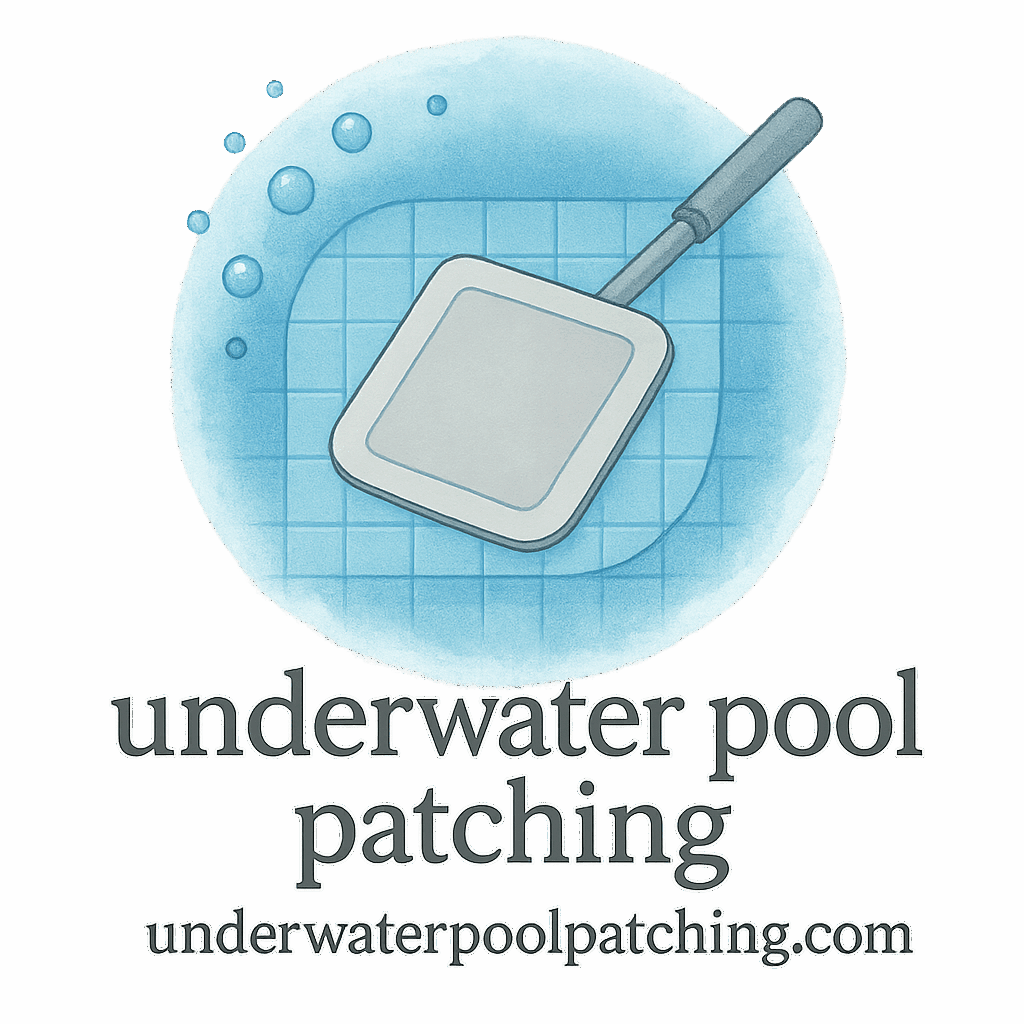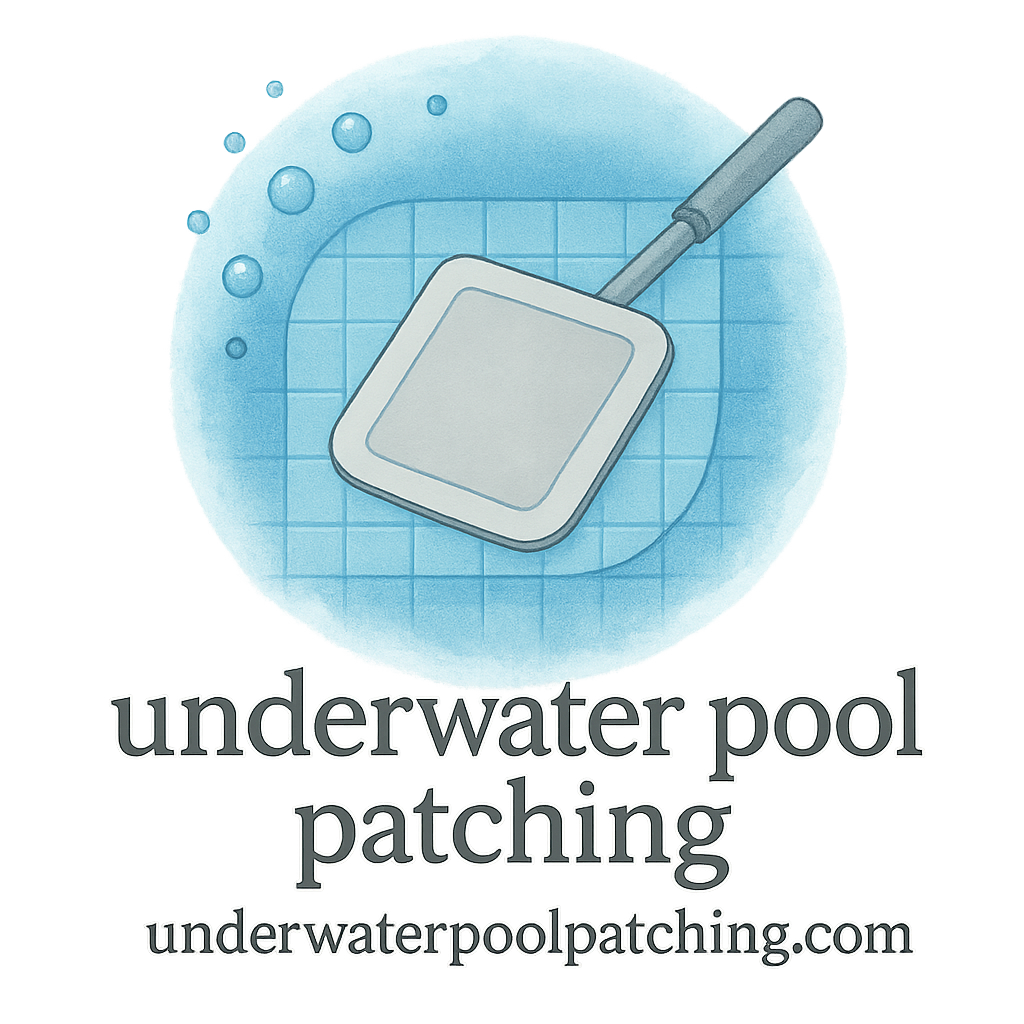Introduction: Why Safety Tools for Pools Matter
If you own or manage a swimming pool, you already know the joy it brings. But with that joy comes responsibility. Drowning is silent, quick, and preventable if you’re prepared. That’s where safety tools for pools come in. Think of them as seatbelts in a car—they don’t stop you from driving, but they drastically lower the risk of serious accidents.
In this article, we’ll walk through eight essential safety tools for pools, how to use them correctly, and practical application tips. Whether you’re a homeowner, facility manager, or simply someone who wants peace of mind, this guide gives you the knowledge to protect lives.
1. Pool Alarms (Surface & Submersible)
Pool alarms are your first line of defense. They alert you when someone enters the water unexpectedly. Models include surface wave alarms, submersible motion detectors, and even gate or door alarms connected to the pool area.
Application Tips for Pool Alarms
- Install alarms on all pool access points: gates, doors, and water entry.
- Test weekly and keep a log of battery checks.
- Combine alarms with other safety tools for pools like fencing for layered protection.
Why Pool Alarms Are Essential
Alarms buy you precious seconds. If a child or pet falls in, those seconds make the difference between a close call and a tragedy. They’re especially important when supervising multiple swimmers at once.
2. Automatic Safety Covers and Manual Covers
Covers protect pools from debris, heat loss, and most importantly—unintended entry. Automatic models can seal your pool with the press of a button, while manual covers are cost-effective for seasonal use.
Application Tips for Safety Covers
- Always ensure the cover supports weight as advertised.
- Inspect tracks, rollers, and anchors for wear.
- Never leave a partially open cover—it’s a trap hazard.
Benefits of Pool Covers for Families
Automatic covers are perfect for daily use, while manual covers suit vacation homes or occasional swimmers. Both types count as essential safety tools for pools that double up as money-savers on heating and maintenance.
3. Removable Fences and Self-Closing Gates
A sturdy fence keeps unsupervised kids and pets out of danger. A four-sided isolation fence with a self-closing gate is recommended by safety organizations worldwide.
Application Tips for Pool Fences
- Install fences at least 4 feet high.
- Use self-latching gates with locks positioned at adult height.
- Consider removable mesh fences if you need seasonal flexibility.
Why Fencing Is a Core Safety Tool
Unlike alarms or covers, fencing is always on guard. It prevents entry before anyone reaches the water. This makes it one of the most effective safety tools for pools.

4. Life-Saving Equipment: Rings, Poles, and Rescue Tubes
Accidents still happen, and that’s when rescue gear saves lives. Keep life rings, reaching poles, and rescue tubes easily accessible around the pool.
Application Tips for Rescue Gear
- Store within 20 feet of the water at multiple points.
- Choose bright, visible colors.
- Replace worn ropes and cracked floats immediately.
Training Family and Staff on Rescue Tools
Even the best safety tools for pools are useless if no one knows how to use them. Practice mock rescues so everyone—family or staff—can act quickly under pressure.
5. Non-Slip Surfaces and Anti-Slip Tape
Wet surfaces are a recipe for falls. Applying non-slip coatings or anti-slip tape can drastically reduce injuries.
Application Tips for Anti-Slip Solutions
- Apply coatings to decks, steps, and ladders.
- Replace tape when it shows wear.
- Clean surfaces regularly to prevent buildup.
Common Mistakes with Pool Decks
Many owners rely only on textured concrete. But algae and soap buildup make it slick again. That’s why extra anti-slip measures count as vital safety tools for pools.
6. Anti-Entrapment Drain Covers and Suction Systems
Suction entrapment is a hidden danger. Hair, limbs, or clothing can get caught in outdated drains. Modern drain covers and suction vacuum release systems (SVRS) eliminate this risk.
Application Tips for Drain Safety
- Inspect covers annually for cracks.
- Retrofit older pools with compliant systems.
- Hire professionals for installation.
Why Older Pools Must Upgrade Drain Covers
If your pool predates modern codes, you’re overdue for an upgrade. Entrapment prevention isn’t optional—it’s one of the most critical safety tools for pools you can install.
7. Pool Lighting and Visibility Enhancements
Good lighting improves supervision and extends safe swim hours. LED fixtures provide clear underwater visibility, while perimeter lighting deters accidents.
Application Tips for Lighting
- Place lights in deep and shallow ends.
- Use timers or backup power systems.
- Maintain clean lenses for brightness.
How Lighting Boosts Night Safety
A well-lit pool ensures no blind spots, making it easier to spot struggling swimmers. That makes lighting not just decorative, but one of the smartest safety tools for pools.
8. Clear Signage, Rules Boards, and Training Materials
Signs set expectations. Rules like “No Running” or “No Diving in Shallow End” remind swimmers of boundaries.
Application Tips for Pool Signage
- Post emergency numbers near the pool.
- Include depth markers and “No Diving” warnings.
- Use weather-resistant boards for durability.
CPR and First Aid Awareness Near Pools
Signs should go beyond rules—add CPR steps and emergency contact info. Combine signage with actual CPR training, because even the best safety tools for pools can’t replace human readiness.
Integration: Layered Protection Strategy
No single tool guarantees safety. The secret is layering. Use fences, alarms, and covers together. That way, if one fails, another reduces the risk.
Routine Checks and Maintenance
Schedule inspections for alarms, covers, and drain systems. Create a checklist and stick to it. Consistency ensures your safety tools for pools always work when needed.
Budgeting and Cost-Saving for Safety Investments
Safety doesn’t need to drain your wallet. Start with low-cost tools like signage, anti-slip tape, and life rings. Plan bigger purchases, like automatic covers, over time. For detailed budgeting strategies, see cost planning guides.
Choosing the Right Safety Tools for Your Pool Type
Above-ground pools may need ladder locks and barriers, while inground pools benefit from permanent fencing and drain retrofits. Match your safety tools for pools to the setup you own.
Installation: DIY vs Professional Help
Some tools, like signs or rescue rings, are DIY-friendly. Others—like drain retrofits, covers, or electrical lighting—require licensed professionals. Don’t cut corners where safety is concerned.
Common Mistakes Pool Owners Make
- Relying on only one safety tool.
- Skipping regular inspections.
- Leaving rescue gear hidden or out of reach.
Remember: safety tools for pools are effective only if maintained and used properly.
Resources and Further Reading
For more in-depth pool care and safety guidance, check these trusted resources:
- Underwater Pool Patching
- Cost & Budgeting
- Inspection & Diagnosis
- Maintenance & Prevention
- Patch Types & Materials
- Repair Techniques
- Explore more: Budget, Cost-Saving, Diagnosis, Leak Detection, Maintenance, Safety Tips, Underwater Pool
Conclusion
Swimming pools are fun, but safety is serious business. By combining alarms, covers, fences, rescue gear, and other safety tools for pools, you’re creating a layered defense system. Think of it like armor—every piece makes you stronger.
Invest wisely, maintain regularly, and never assume one tool is enough. The real victory is a pool that’s safe for everyone, all year round.
Frequently Asked Questions
Q: How often should I test my pool alarms?
A: Test weekly and replace batteries annually.
Q: Can I install a pool cover myself?
A: Manual covers, yes. Automatic covers, no—those require professionals.
Q: Are anti-entrapment drain covers legally required?
A: In many regions, yes. If your pool is older, schedule an upgrade.
Q: What’s the most affordable safety tool?
A: Anti-slip tape, signage, and life rings provide high impact at low cost.
Q: Should I choose removable or permanent fences?
A: Removable fences suit seasonal needs; permanent fences offer maximum protection.
Q: Do pool lights require an electrician?
A: Yes, for underwater installations always hire a licensed electrician.
Q: What training should pool users have?
A: At minimum, CPR and how to use rescue tools.


